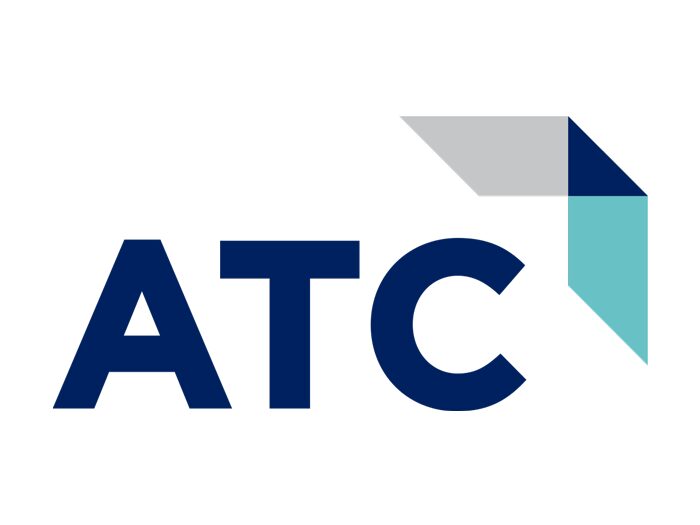
By 2024, Gartner predicts that more than 60 percent of SD-WAN customers will have implemented Secure Access Service Edge (SASE) architecture, compared to only 35 percent in 2020.
If Secure Access Service Edge (SASE) is the new wave, then many IT leaders across the globe are hopping on their surfboards. Just like that time nearly a decade ago when Software-Defined Wide Area Network (SD-WAN) was the logical next step in replacing Multi-Protocol Label Switching (MPLS), SASE is now proving to be the next best thing. SD-WAN was once considered by many enterprises as the go-to technology for preparing their network for digital transformation, but like all good things, SD-WAN is slowly nearing its end.
More and more IT leaders are recognizing that SD-WAN doesn’t address the complete needs of the digital business. While it may address the high cost, rigidity and capacity constraints of MPLS, is it enough to deliver the level of network and security many enterprises of today require?
What Are the Shortcomings of SD-WAN?
SASE creates a holistic framework that connects all edges to the network and provides the security capabilities an enterprise requires. True SASE is the only architecture that allows you to move beyond the network complexity of today and prepare you for the opportunities of tomorrow. And it accomplishes this by overcoming what SD-WAN lacks:
- Integrated branch security
- Support for remote users
- Cloud readiness
- Global performance
- Policy management
By offering advanced security, improved collaboration for your team and optimized cloud connectivity, SASE picks up where SD-WAN drops off. Surf’s up, dude.
How Does Secure Access Service Edge (SASE) Overcome SD-WAN Limitations?
As organizations seek to accelerate growth through the cloud, more data, users, devices, applications and services are being used outside the traditional enterprise premises. This requires a change in the way organizations approach security and risk management.
Here are five things SASE covers that SD-WAN does not:
Advanced Security
SASE’s built-in network security stack delivers unified, enterprise-grade security to all edges at all locations. There’s no need to introduce additional security appliances like what would be required with SD-WAN. Due to a lack of integrated branch security, SD-WAN forces IT to integrate additional security appliances (NGFW, IPS, SWG), which increases the cost of deployments and complicates ongoing maintenance required for the many appliances.
Remote Workforce
SASE allows remote users from all locations to dynamically connect to the nearest SASE point of presence (PoP) and benefit from optimized, secure access to all applications. Users are guaranteed a safe and secure connection both on-premises and in the cloud. SD-WAN lacks support for remote users as it was designed to reduce spend on MPLS connectivity between physical locations only.


Cloud Readiness
Cloud data centers are connected to the SASE cloud as an integral part of the network, benefitting from all network optimization and security controls. Cloud applications require no integration, and application-specific traffic from any edge is automatically detected. As an appliance-based architecture, SD-WAN requires the management and integration of proprietary appliances to add security and remote support as an added (more expensive) step.
Global Performance
Optimal global performance is guaranteed everywhere through SASE’s global private backbone and built-in WAN optimization. SD-WAN can’t guarantee global performance without a private backbone. Many IT leaders using SD-WAN have had to integrate with third-party backbone providers to address this issue.
Simplified Management
SASE converges all networking and security functions, enabling full visibility into the network. This helps to simplify management with a unified, centralized procedure. SD-WAN and security solutions that aren’t converged lack the single pane of glass necessary for policy management. This makes troubleshooting and operations more complex for IT departments.
Surfing for a Better Network? Keep Current with SASE
IT leaders are discovering that SD-WAN is not enough to fully transform their digital systems. In fact, according to Gartner, 60% of companies will shift towards Secure Access Service Edge (SASE) by 2024. Do you want to learn even more about how SASE addresses the changing needs of enterprise demands and network security? Together with CATO, we’re offering a free and secure e-guide, 5 Things SASE Covers That SD-WAN Doesn’t, so you have everything you need to know in order to make an informed decision on the basics of SASE.
Discover the 5 crucial areas that SASE covers that SD-WAN does not in our download by clicking here!
#BuildingintoIT










